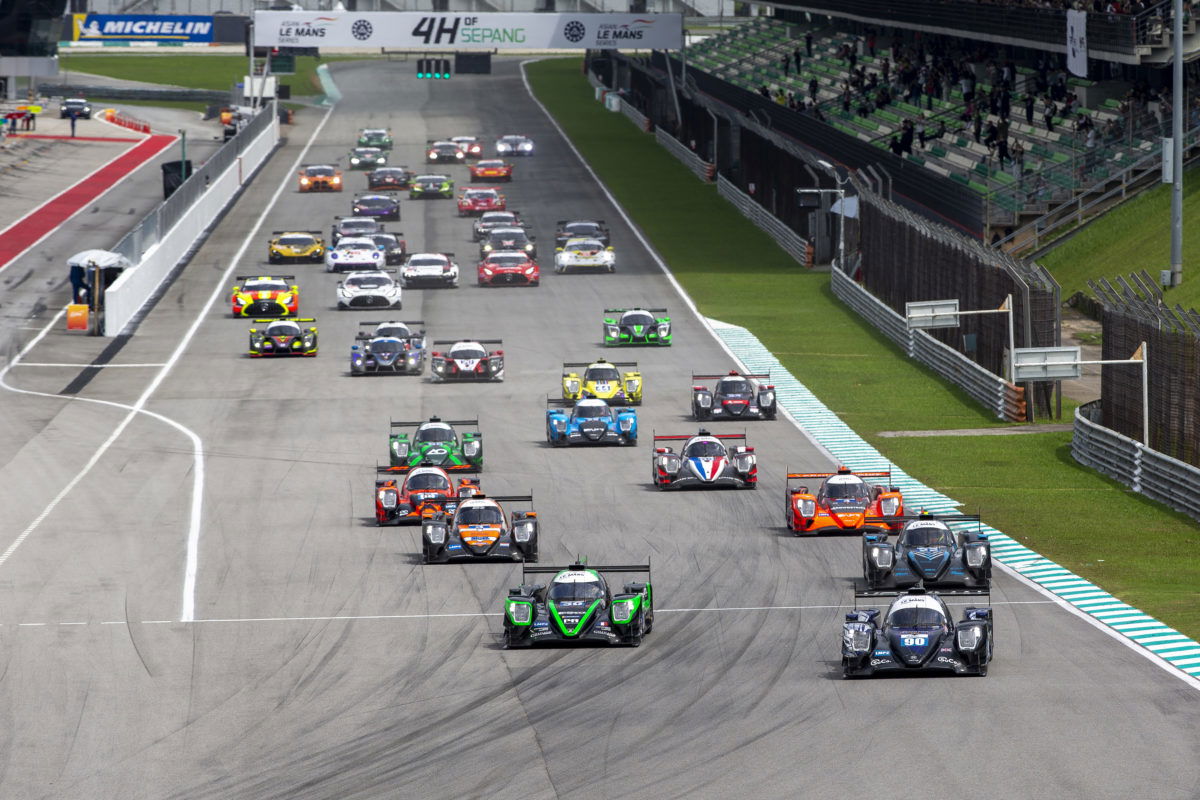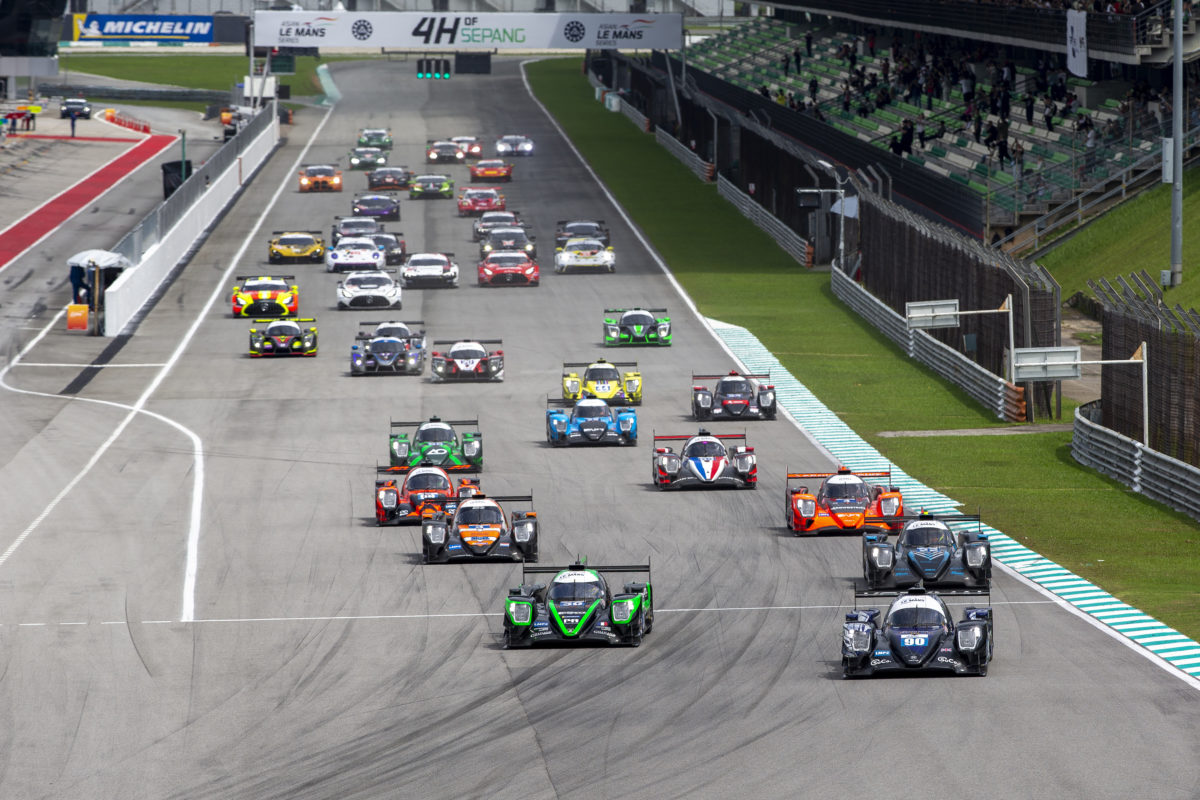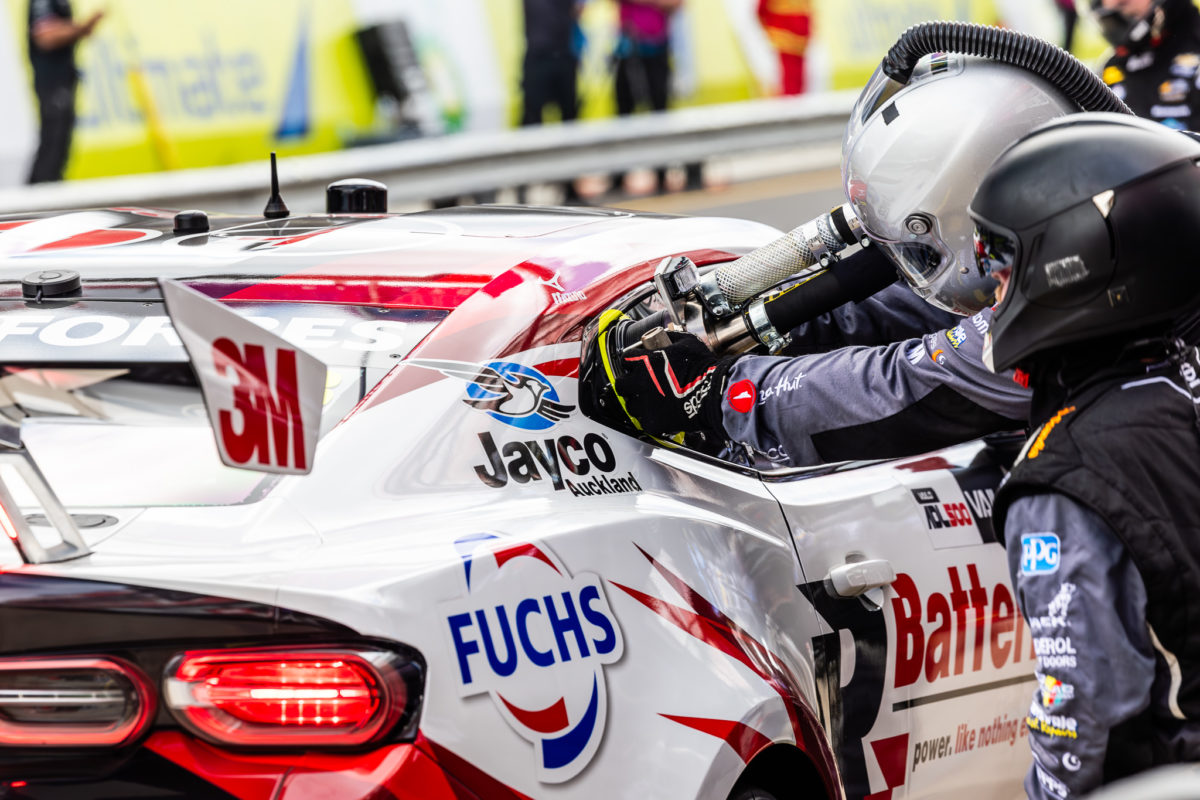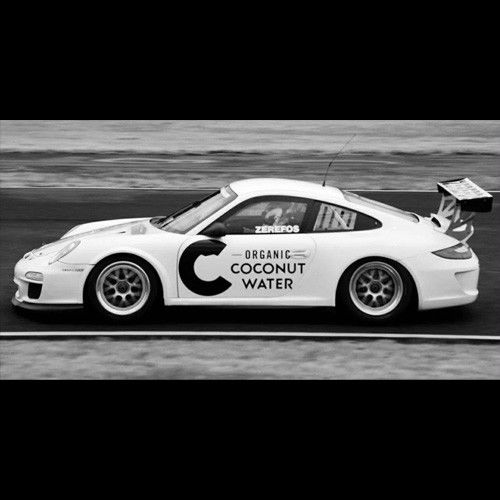

After enjoying the sights and sounds of Supercars on the streets of Adelaide, something I’ll never tire of, I was off to the airport again heading to Malaysia and the Sepang circuit for the first round of the 2023/24 Asian Le Mans Series.
For this latest ALMS season, Triple Eight has entered a GT3 AMG GT in partnership with, as usual, Johor Motor Racing and Prince Jefri.
This is a three-round, five-race, series that started last weekend at Sepang with two, four-hour races and now heads to the Middle East for a race at the Dubai Autodrome followed a week later by the two final races at the Abu Dhabi Yas Marina F1 venue.
In fact, those two race weekends lead directly into the Bathurst 12 Hour, so it’ll be a triple-header for the Triple Eight GT crew.
This is what sets Triple Eight apart from other race teams in Australia. Constantly trying to raise the bar and set new goals whilst embracing new challenges is a major point of difference. The ALMS is a very different series from the SRO ones in Asia and Australia. So, the team had a lot to learn but, with Luca Stolz and Broc Feeney with HH Prince Jefri, they acquitted themselves extremely well first time out.
All these series and championships have their own rules and foibles. What might seem to be the best way to operate a pit lane in Australian Supercars doesn’t necessarily translate into a workable solution for a 40-car, boom per car, refuelling environment, for instance.
And this brings me to some potential ideas for improving the local scene here, based to an extent on my experiences overseas.
I believe that, for years now, Supercars has been blessed in not having a major pit lane incident especially during fuel races. Long may it continue, but it shouldn’t be taken for granted. There have been near misses that should be seen as warnings.
Furthermore, the issue of ‘stacking’ always appears at some point in every season as a result of shared booms. One car always comes off worse and this leads to strategic decisions having to be made during races to reduce the chances of stacking, but those decisions are often counter to what would normally be a race-winning strategy. I can tell you all that, from a team manager’s point of view, it’s a very hard way to have to operate.
So, what can we learn from other high-level categories, especially for the fuel races?
Firstly, the fuel towers used in Supercars are antiquated. They’re old, unstable and third world compared with the rest of professional motorsports. They need to be replaced (regardless of anything else) in short order. Dating from 2009, they have served the sport for 15 seasons.
The latest rigs in use elsewhere are fully self-contained, complete with air bottles, regulators, et cetera, and capable of being packed away very compactly. They are also 1000 percent more stable than those in the Supercars pit lane. They don’t need to be tied to buildings – often temporary buildings – as currently. Rigs like these can easily and safely be moved before and after sessions/races.
There’s nothing to stop Supercars giving teams the choice of either manufacturing compliant rigs or buying them in. Just agree on a design so that there’s uniformity.
Secondly, the engines in the Gen3 cars should be switched off during refuelling. That gives two instant benefits. There’s no need to lift the car off the ground for safety reasons, and also the car/pit garage is not filled with fumes during the refuelling process. Lift cars for wheel changes if needed, but not for refuelling alone. I’d mandate ‘engines off’ at all times that a fuel head is attached to the car.

The fumes point really came home to people at the Gold Coast, with exhausts pointing into the pit boxes plus longer fuelling times. I’m also suspicious that this latest fuel is possibly not as user friendly in terms of fumes and inhalation as the previous E85 mix, used for 14 seasons, but I’m happy to be proven wrong.
Thirdly, consider giving every car its own pit box, at least for the endurance races. That would mean two rigs of course per two car team. At Bathurst, and at The Bend (likely venue of the 500 in future), there’s room enough in pit lane to space out boxes. Limit the pit stop crew numbers so that teams don’t have to hire more people. There’s normally plenty of time in a fuel stop for tyre changing anyway if you allow it to happen concurrently (unlike normal GT practice). All the basics are there to be copied from one series or another and then tweak for local requirements.
And before someone brings up brake changes, et cetera and the need for more people, don’t put a plaster on that problem, fix the problem! As I’ve said before, it’s a disgrace that there’s any need, perceived or otherwise, to change brakes (pads or discs) at Bathurst in Gen3 cars. The right kit on the cars would be more than capable of doing 1000km.
I don’t see the need for doubling up with pit boxes at Sprint races as the overlap is so small for cars in the same team given the speed of tyre only stops. But at Endurance races, much greater thought needs to be given to safety as well as strategy.
The other great thing from last weekend at Sepang, from a race team point of view, was the total absence of any tyre pressure rules. No minimum pressures, no maximum cambers, none of that nonsense. The Michelin tyres we ran were apparently a long way from being the best ones they make, but they were pretty bloody amazing by Supercar standards. Pretty good grip, almost no ‘marbles’, not overly susceptible to ‘pick-up’, very happy with low camber and easy to manage into the right pressure zones.
When I discussed this with the Euro teams at Sepang, plenty told me that Dunlop in Europe do have something that is very much on a par with this production Michelin in their experience, if not maybe with the ultimate Michelin ‘confidential’ range. So, just bring that to Australia please.
All stuff for Tim’s To Do list. Now the other bloke has left the building, you’d hope for some positive and proactive changes in future.




















Discussion about this post